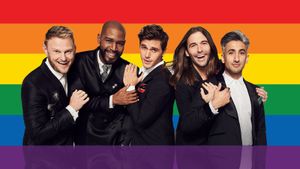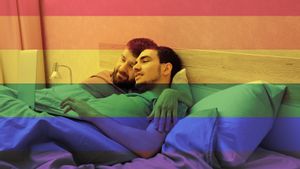It’s no secret that June is celebrated as Pride Month; with the LGBTQIA+ community and its allies around the world attaching great importance to this month. Cities are covered in rainbow flags at this time, colourful parades take front stage, and a general sense of empowerment permeates the atmosphere. A sombre reflection of the queer community's struggle for acceptance, visibility, and equality, Pride Month goes beyond the festive celebrations.
Understanding the origins of this global movement helps us recognise the challenges faced, appreciate the amazing advancements made, and pave the way for more activism and support in the future. We can trace the beginnings of Pride Month back to the Stonewall Uprising, a significant incident that occurred in New York City in June 1969, as we deep-dive into the history of the month. This queer-led rebellion against police raids on the Stonewall Inn, especially by transgender women of colour, was a turning point in the struggle for LGBTQ+ rights. It sparked a movement that led to the establishment of multiple LGBT advocacy organisations and prepared the ground for the first Pride marches.

Let's acknowledge the critical need of establishing safe spaces, encouraging inclusivity, and carrying on the struggle for equality for all through Pride month. We can celebrate the diversity within the LGBTQ+ community and seek to create a more accepting society where everyone may succeed without facing prejudice and discrimination via education, empathy, and allyship.
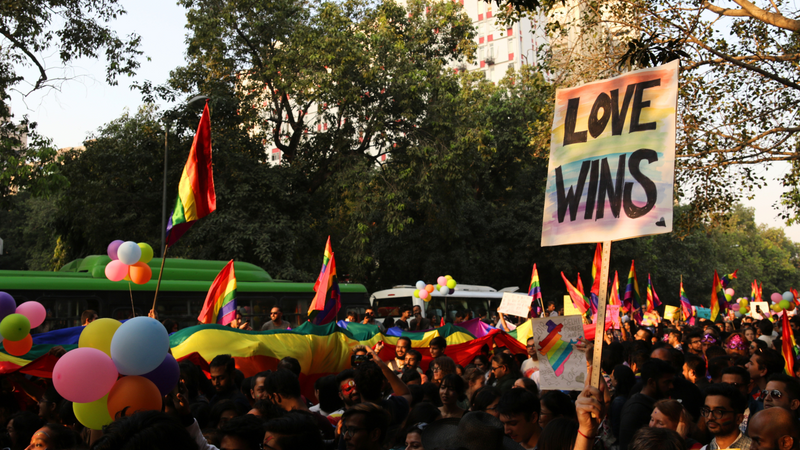
Nine facts about the illustrious history of the LGBTQ+ movement in India and the world
1. The Stonewall Uprising of 1969 is the origin of Pride Month. The New York police raided a gay bar in Greenwich Village, New York City, on June 28. A fight broke out among nearby residents and bar attendees as a result of the police roughhousing and pulling customers and staff out of the establishment. Several violent altercations between the rioters and the police took place in and around Christopher Street over the course of the next six days. In the end, this riot served as the impetus for the LGBT rights movement in the United States.
2. Since then, June 28 has been recognised as Global Pride Day. Political LGBT activism was propelled by the Stonewall Uprising. In celebration of this, the LGBTQ+ community and its allies planned the first-ever pride parade in 1970 on the one-year anniversary of the revolt. A year after this march, in 1971, US towns including Boston, London, and West Berlin started hosting pride parades on this day as a sign of global unity.

3. The LGBT movement received consistent vocal support in the years that followed, and the pride flag was created and unveiled for the first time in 1971. Harvey Milk, the nation's first openly gay politician, seized the opportunity. Two flags with eight colours were designed by his friend Gilbert Baker and unveiled during the 1978 San Francisco Pride Parade. But throughout time and for good reason, the colours were altered, giving rise to the flag we see today.
4. The Pride Flag's colours were not altered randomly, nevertheless. Each colour on the flag stands for a different symbol. Pink represents sex, red represents life, orange represents healing, yellow represents sunlight, green represents nature, turquoise represents magic, blue represents peace, and violet represents spirit. Additionally, despite the fact that the LGBTQ+ community as a whole has a single flag, communities across the spectrum continue to utilise more than 20 additional flag types as markers of visibility.
5. While Pride March and Month have a long history internationally, India's history is relatively new. The first homosexual rights protest in India was held in 1992 in front of the Delhi police headquarters. This demonstration was held in response to police actions taken against some individuals in Central Park in Connaught Place on the basis of their alleged homosexuality.
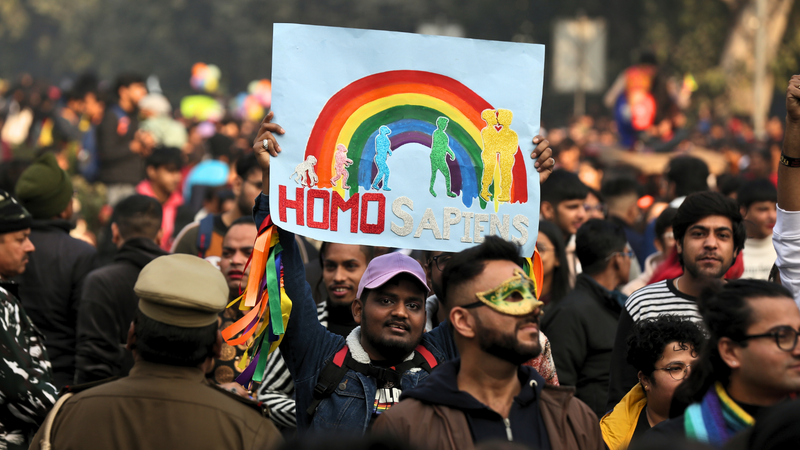
6. In addition to leading this protest, the Aids Bhedbhav Virodi Andoland also brought the first legal challenge against Section 377 by filing a public interest litigation. The Indian Penal Code's Section 377, which made homosexuality a crime, was not repealed until September 2018.
7. The first-ever parade was held for the first time in Kolkata, India, as well as Southeast Asia, in 1992. LGBT+ individuals and their allies travelled from all across the nation to participate in the event, also known as the Kolkata Rainbow Pride Walk. Since then, pride marches have been staged in over 21 Indian towns.
8. The Netherlands was the first nation to legalise same-sex unions in 2000. The Dutch parliament passed the historic legislation for the LGBTQ+ community around the world by a three-to-one vote. This served as a springboard for the decriminalisation and legalisation of different sections of the LGBTQ+ community globally. Several nations quickly followed suit in acknowledging and legalising same-sex marriage, including Belgium (2003), Canada and Spain (2005), South Africa (2006), Norway (2008), and others.
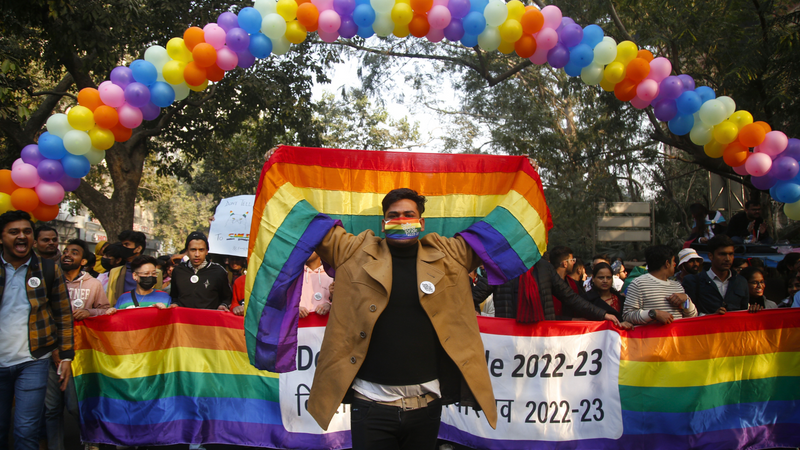
9. India has come under scrutiny from the LGBTQ+ community worldwide as other powerful democracies, including the USA (2015), Germany (2017), and more, have legalised same-sex marriage. There has been increasing internal and global pressure to legalise same-sex marriage. Supriyo v. Union of India, a plea that challenges the criminalization of same-sex marriage, is now being considered by the Supreme Court of India. As the LGBTQ+ community and its allies wait impatiently, the issue of whether India is prepared for such a big societal transformation has been hanging over the Indian community.



